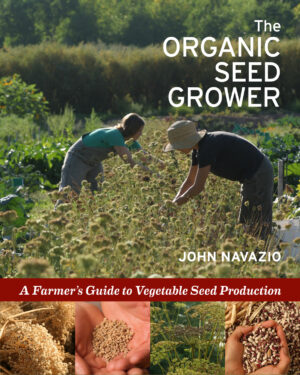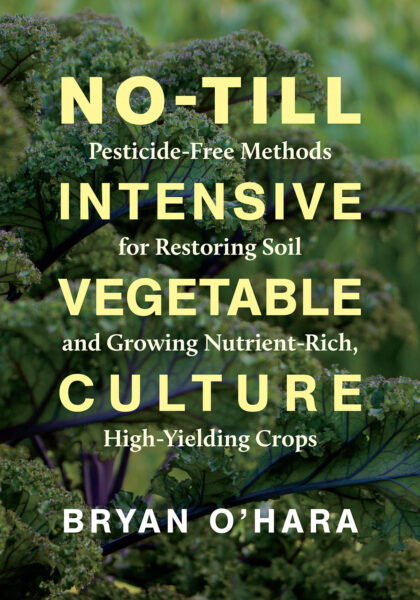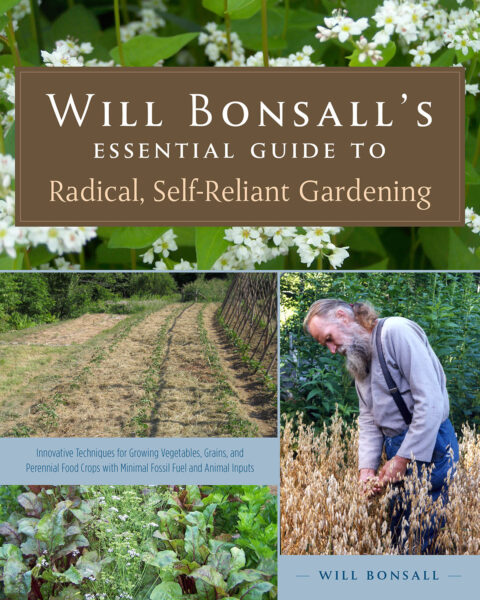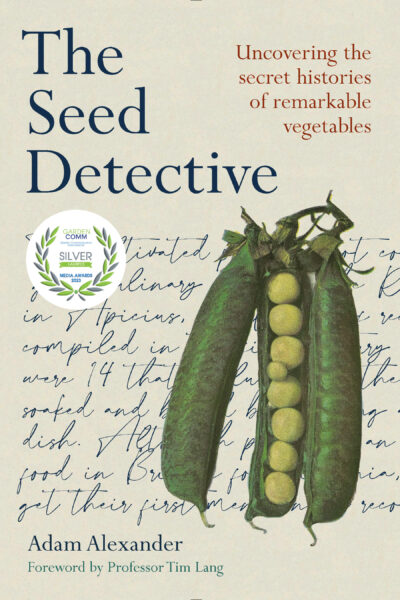Preserving Seed Integrity: How Far is Far Enough?
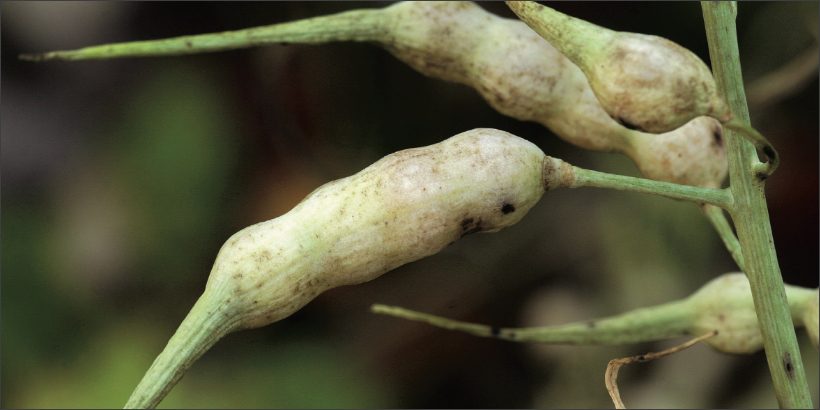
While there is a lot of information out there about keeping the “purity” of seeds, the true “pure” seed is a myth. There are still best practices that any seed grower should keep in mind; but once they understand seed integrity and let cross-pollination happen, the real fun begins.
The following is an excerpt from The Organic Seed Grower by John Navazio. It has been adapted fo the web.
(All photography courtesy of Scott Vlaun unless otherwise noted.)
Preserving Seed Integrity
One of the main requisites of growing high-quality seed is to maintain the varietal integrity of the seed crop you are producing. To do this you must make sure that the genetic makeup of the crop isn’t compromised with any genetic mixing via pollen from other plants of the same species.
This requires producing a seed crop at an adequate spatial isolation from any cultivated, wild, or weedy plants of the same species that are capable of intermating with your crop via their pollen.
You must consider a number of biological and environmental factors that can affect pollen movement by insects and wind when determining the minimum isolation distance for each crop and cropping system.
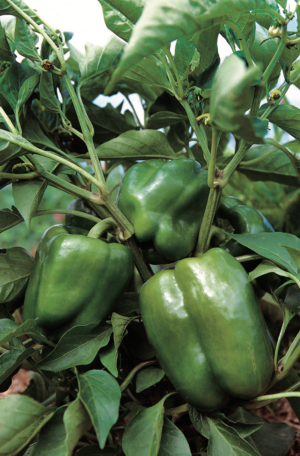
Bell peppers (C. annuum) and other modern sweet peppers are less likely to cross-pollinate than the hot chile types, but they will still cross at higher rates than is normally thought.
The Species Boundary
First, it’s important to know which crops are capable of sexually intermating or “crossing” with the seed crop that you are planning to produce. The word species means “kind” in Latin.
In general, each species represents a distinct kind of organism that is able to intermate and produce fertile offspring only with other individuals of its own kind or species.
Of course, there are exceptions. For example, a number of species of deciduous trees will sometimes cross with related tree species and produce interspecific hybrids.
Thankfully, though, there are very few exceptions among vegetable species.
In the vegetable crops the species designation almost always defines a boundary to potential crossing when determining placement of seed crops for isolation.
The two notable exceptions among the vegetables are the several species of peppers (Capsicum spp.) that are sexually compatible and easily cross and at least two wild species of tomato that will readily cross with the cultivated tomato (Solanum lycopersicum).
Another exception is crossing among squash species in the Cucurbita genus, though it does not occur nearly as readily as with tomatoes and peppers (see Chapter 9, Cucurbitaceae, “Isolation Distances,” page 211).
Knowing the species designation of each crop you work with also allows you to learn a great deal about the reproductive habits of the crop.
When questions arise as to identifying the species of a given crop, it is recommended that you contact researchers or seed professionals who are well versed in the crop before planting.
Increased Isolation Considerations for the Organic Seed Grower
The importance of maintaining adequate spatial isolation has increased significance in the modern era for the organic seed grower.
Pollen contamination from genetically modified (GM) crops will disqualify the seed crop from consideration as a certified organically grown product.
Many of the opponents to GM crops see the resultant genetic mixes as fraught with potentially damaging effects on the ecological balance in organic farming systems and having potentially harmful effects on human health.
Certainly, everyone can agree that the introgression of modified genetic traits into seedstocks intended for organic agriculture may be very hard to get out, resulting in long-lasting effects on the integrity of the germplasm.
Most professionals involved in the production of organic seed advocate for at least a two- or threefold increase in the minimum isolation distance when GM crops of the same species are in the vicinity over the normal minimum isolation distances stated for each particular crop species in this text.
The Myth of Standardized Isolation Distances
The first thing that most farmers learn when growing a seed crop is that their crop must be isolated from any other crops of the same kind in order to produce seed that is genetically pure and hasn’t crossed with a neighbor’s crop.
For most farmers, the best information that they can get on how much isolation they’ll need for their seed crop is often vague and not very specific to their environment or the crop species that they are growing.
The recommendations that are most often repeated is that seed crops require either 0.5 mi (0.8 km) or 1 mi (1.6 km) between cross-pollinated crops of the same species, and that self-pollinated crops need little or no isolation (although a barrier crop is sometimes recommended) from other crops of the same species.
This information is often just hearsay from farmers or local agricultural officials, or it is found in much of the published literature from older seed saving publications and on the Internet.
It often leads to poor planning of seed crops, which in turn can lead to pollen contamination and genetic mixing and outcrossing.
If you’re located in a region where there is a concentration of production for the particular seed crop of interest, isolation guidelines have often been worked out between regional growers’ cooperatives and local governmental organizations, like the state Extension Service of the Land Grant Universities in the United States.
Unfortunately, much of the specialized information generated by these groups is difficult to access, is unknown outside of these regions, and is not easily found in the literature.
The Myth of Pure Seed
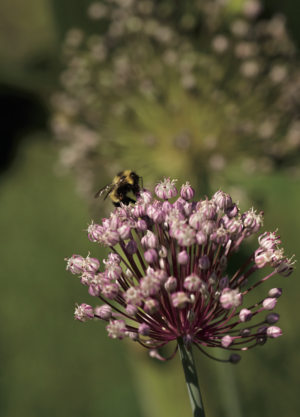
Photograph courtesy of Scott Vlaun
The other common misunderstanding among seed growers has to do with the idea of varietal or genetic purity in crop varieties.
In most of the seed-growing literature there seems to be the implication that if growers follow the recommendations for isolating their seed crop, then they have eliminated any chance of an outcross and can expect to harvest a seed crop that is genetically pure.
In reality there is no such thing as perfect isolation, unless perhaps truly extraordinary steps are taken.
Even when the strictest isolation distances are observed by the seed companies for stockseed and foundation seed, cases of genetic crossing have occurred that can only be explained by pollen mixing.
While pollen of any given crop has an average range of movement based on the types of insects or direction and strength of wind that carries it, there are certainly the unusual events where the pollen is carried several times farther than its usual trajectory due to an extraordinary insect pollinator or wind gust that may come along.
Many seed workers know that pollen is easily carried on clothes, on the fur of animals, and in water.
Ultimately, having a pollen-proof space to produce truly pure seed would require high-tech equipment comparable to some of the gadgetry of NASA and would be prohibitively expensive.
All experienced seed growers learn how to deal with the occasional crosses that occur in their stocks; in fact, they expect it to happen and select or “rogue” against it in every generation.
Indeed, sometimes these chance crosses result in new combinations that the savvy grower can isolate and develop into a new variety. Remember, nature is always creating new genetic combinations to be tested in the great experiment of life on Earth.
What is the Intended Use of Your Seed Crop?
The first question that seed growers must ask themselves when determining the placement of a crop is, “What is the intended use of the seed that I am producing?”
The relative genetic purity of seedstocks necessary for a seed company’s commercial sales is quite different from the increased level of purity required for its foundation seed or stockseed.
Precautions that are often taken when growing a seed crop for genetic preservation purposes will invariably meet a stricter standard than the isolation requirement for farmers saving seed for their own production needs.
The relative nature of this determination must always be thought through and decided by the individuals who are upholding the quality standards for the farm, seed company, or public institution that they represent.
The isolation distances may frequently vary based on the regional fluctuations of the biological and environmental factors discussed in this chapter.
Those experienced in seed growing in any given region will be the most qualified to take the isolation guidelines proposed at the end of each crop section and amend the distances based on their practical knowledge of the regional factors that exist.
This requires experiential knowledge to be collected among seed growers and seed-company fieldworkers who aren’t afraid to get their boots dirty, who have good observational skills, and who are real students of nature.
Many of the minimum isolation distances given for the different crops in this book are greater than many experienced seed growers believe are necessary.
The minimum distances presented here are only guidelines, to ensure relatively small levels of crossing between moderately large production fields, and should be treated thusly.
The fact that there is no such thing as perfect isolation can be intimidating to anyone seeking genetic purity in seed.
But it can also be liberating once everyone involved in seed production realizes there is no such thing as absolute purity and that some genetic mixing is inevitable whenever seed is produced.
It then becomes your responsibility to be much more involved in the process of determining the isolation distance based on the biology of the crop and the environment and topography of the location where you’re growing it.
You must also get more familiar with each seed crop, realizing that your selection of off-types, outcrosses, and seed mixes is the only way in which the integrity of the crop will be maintained as it passes through your hands to farmers who will grow the crop now and in the future.
Knowing that genetic mixing and variation is inherent to the process puts us back in touch with our true role in the process.
This is the same role that our ancestors who first domesticated these plants had. This is the way that we integrate these crops into our lives.
The genetic integrity of the crop then becomes a reflection of our commitment and involvement in the process. The crops that we grow and use thus become woven into our communities and into the “culture” of our agriculture.
Recommended Reads
Recent Articles
Garden strawberries are excellent for both covering the ground and for growing fruit. If you’re planning out a forest garden, or are just looking for a plant to use as ground cover, strawberries are a great option. The following is an excerpt from The Home-Scale Forest Garden by Dani Baker. It has been adapted for…
Read MoreAsparagus is a delicious vegetable with a layered history. How did this aspiring spear make its way from growing in the wild to appearing on our plates? The following is an excerpt from the The Seed Detective by Adam Alexander. It has been adapted for the web. “Nature gives us the key to every secret…
Read MoreInterested in growing trees? Here are some tips on successfully planting, transplanting, and pruning trees to create a flourishing forest garden! The following is an excerpt from The Home-Scale Forest Garden by Dani Baker. It has been adapted for the web. Planting Potted Trees and Shrubs If you order potted trees, check with your supplier to…
Read MoreWith the right strategies and practices, composting on a small farm is surprisingly easy and inexpensive. Just follow these steps for making compost, and your farm will be thriving in no time! The following excerpt is from The Lean Farm Guide to Growing Vegetables by Ben Hartman. It has been adapted for the web. (All photographs by Ben…
Read MoreGarlic mustard: while known as “invasive,” this plant can be consumed in its entirety and has great nutritional value. Plus, the garlic-flavor is a perfect addition to any recipe that calls for mustard! The following are excerpts from Beyond the War on Invasive Species by Tao Orion and The Wild Wisdom of Weeds by Katrina…
Read More

